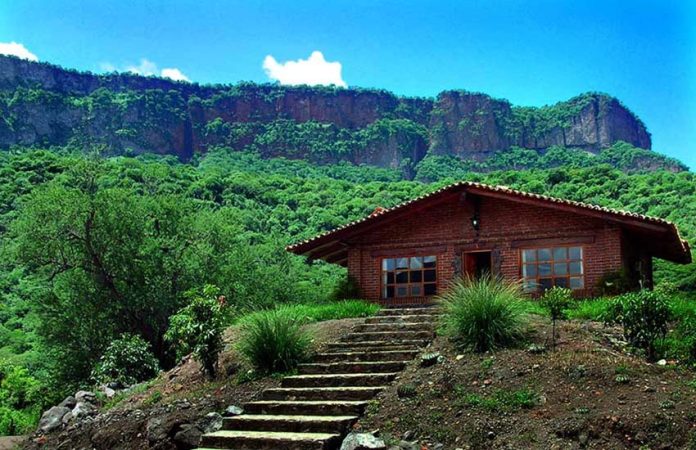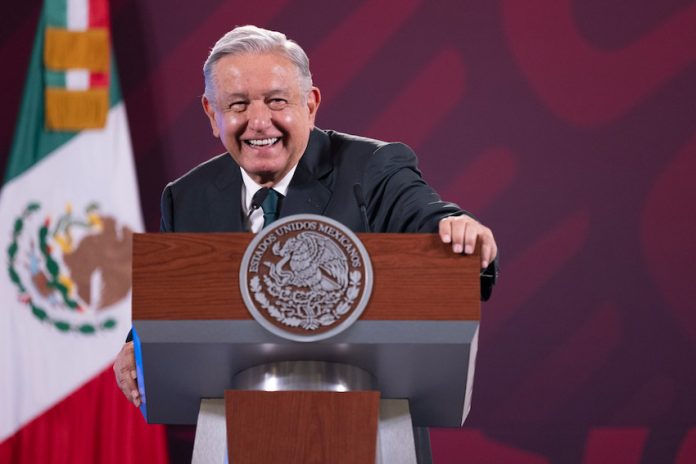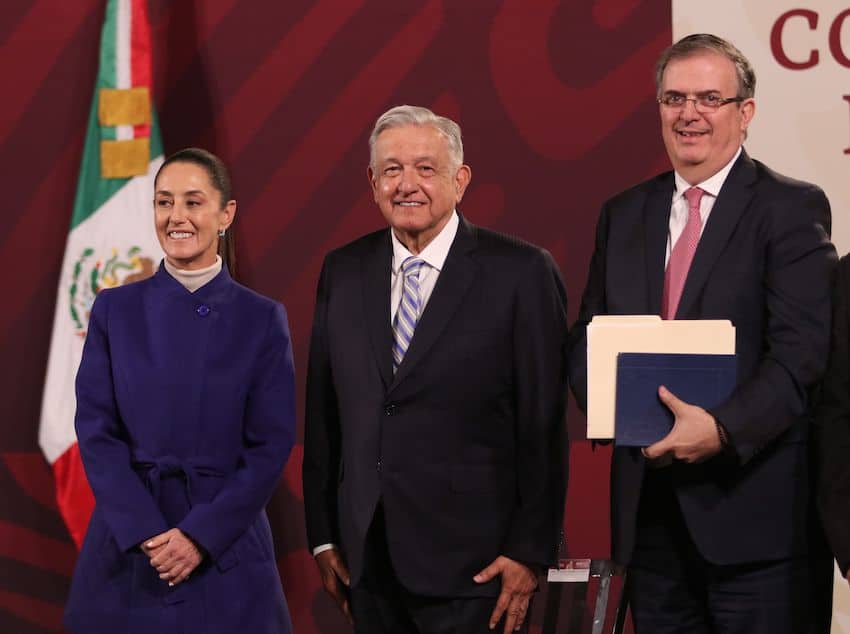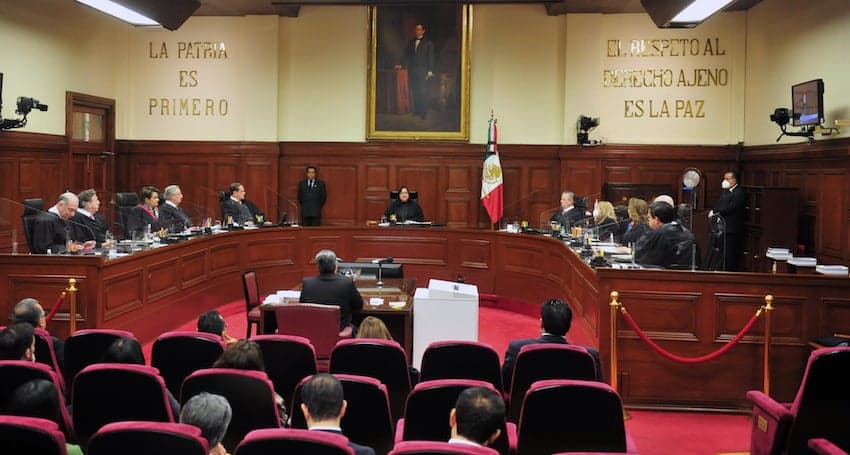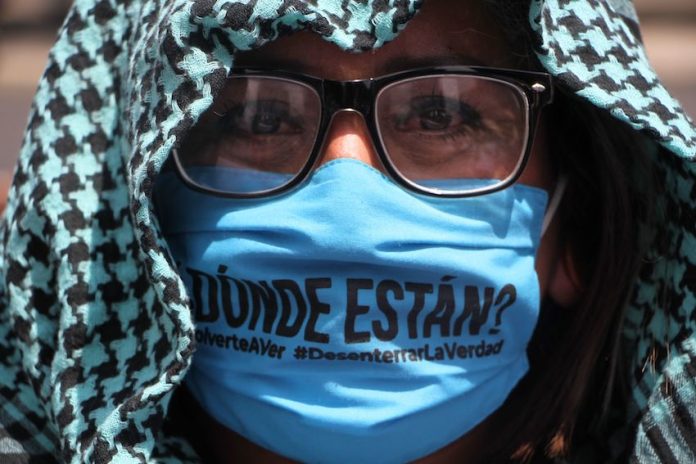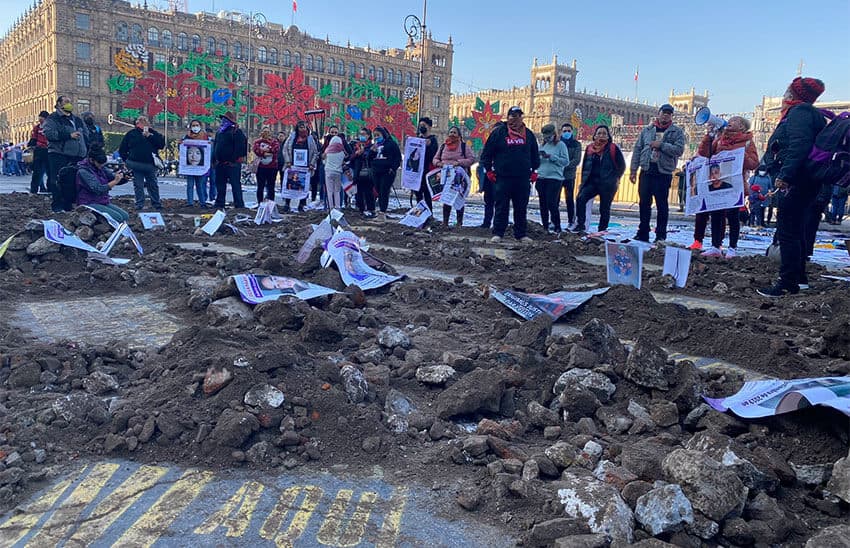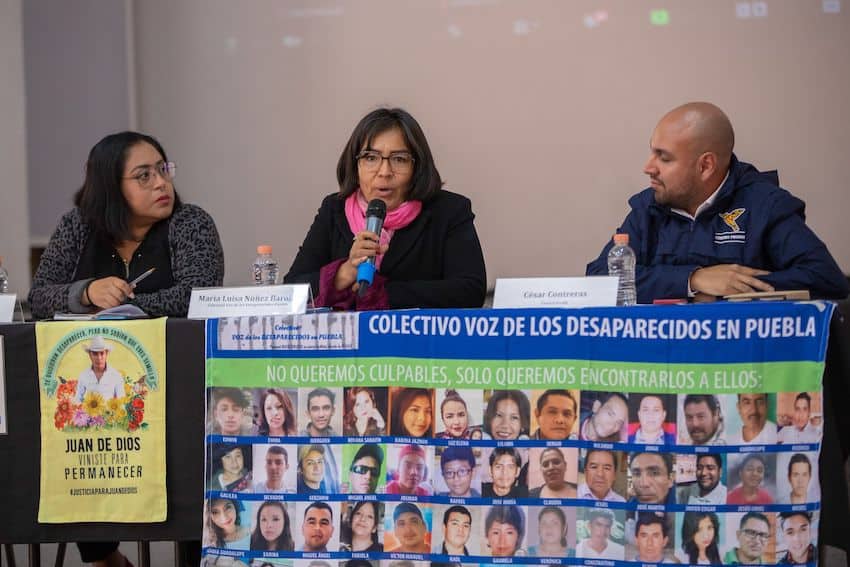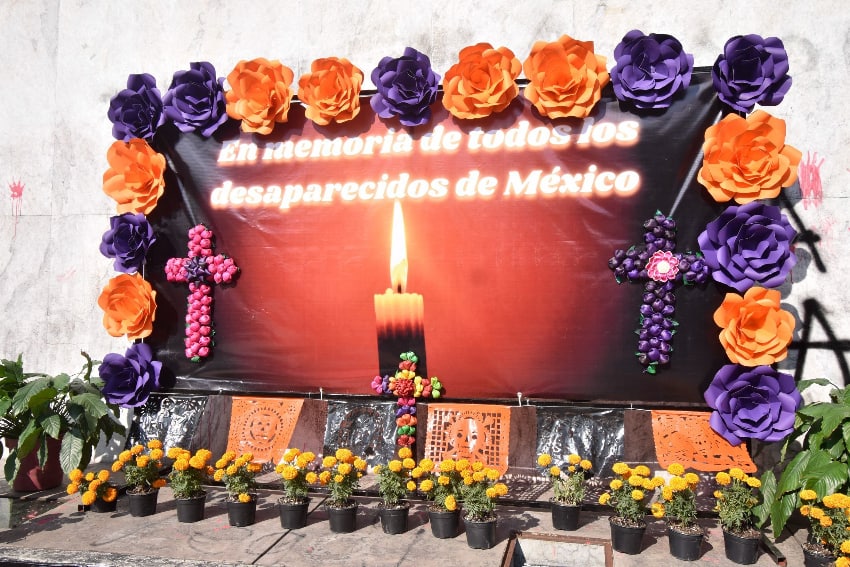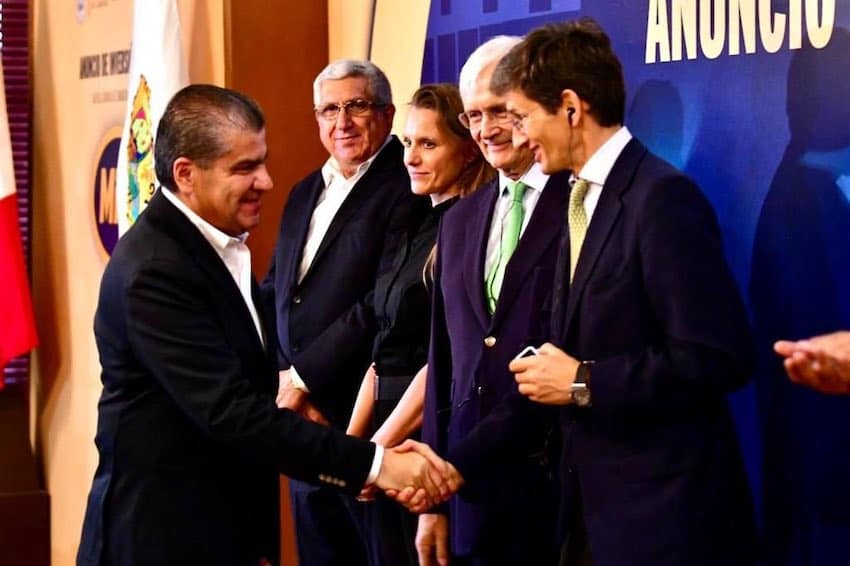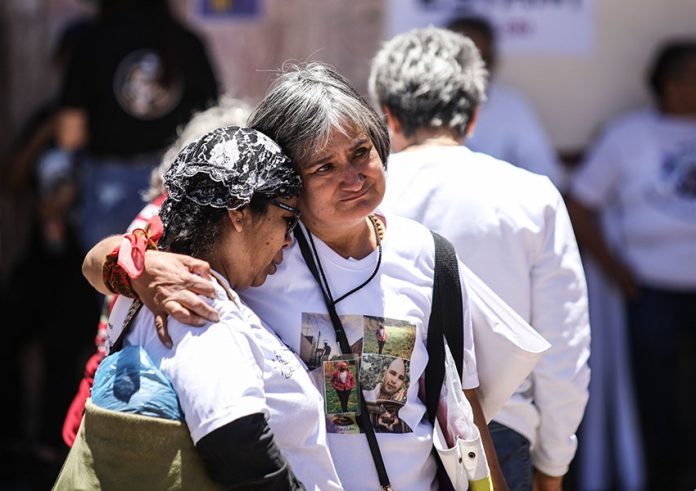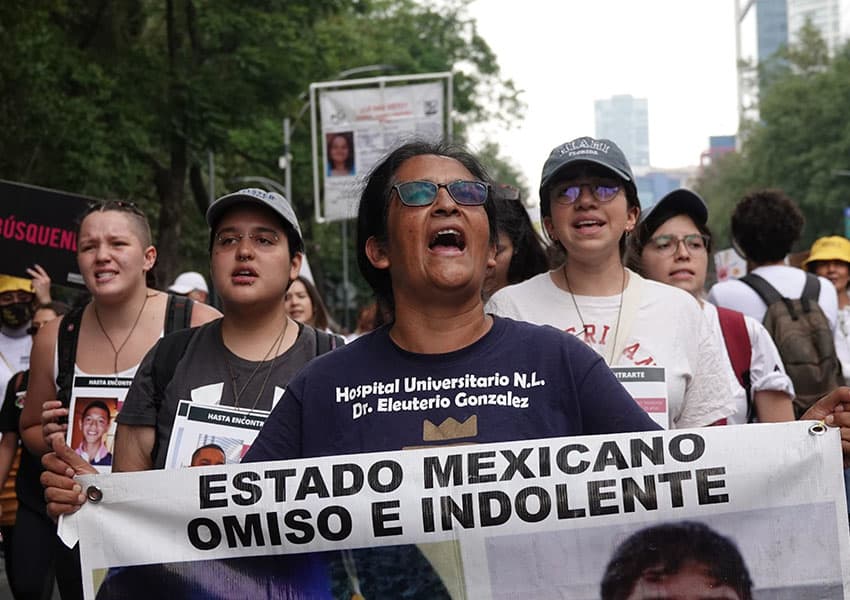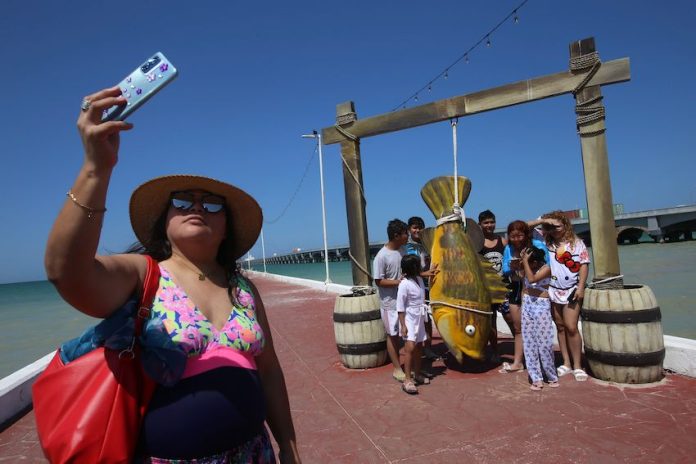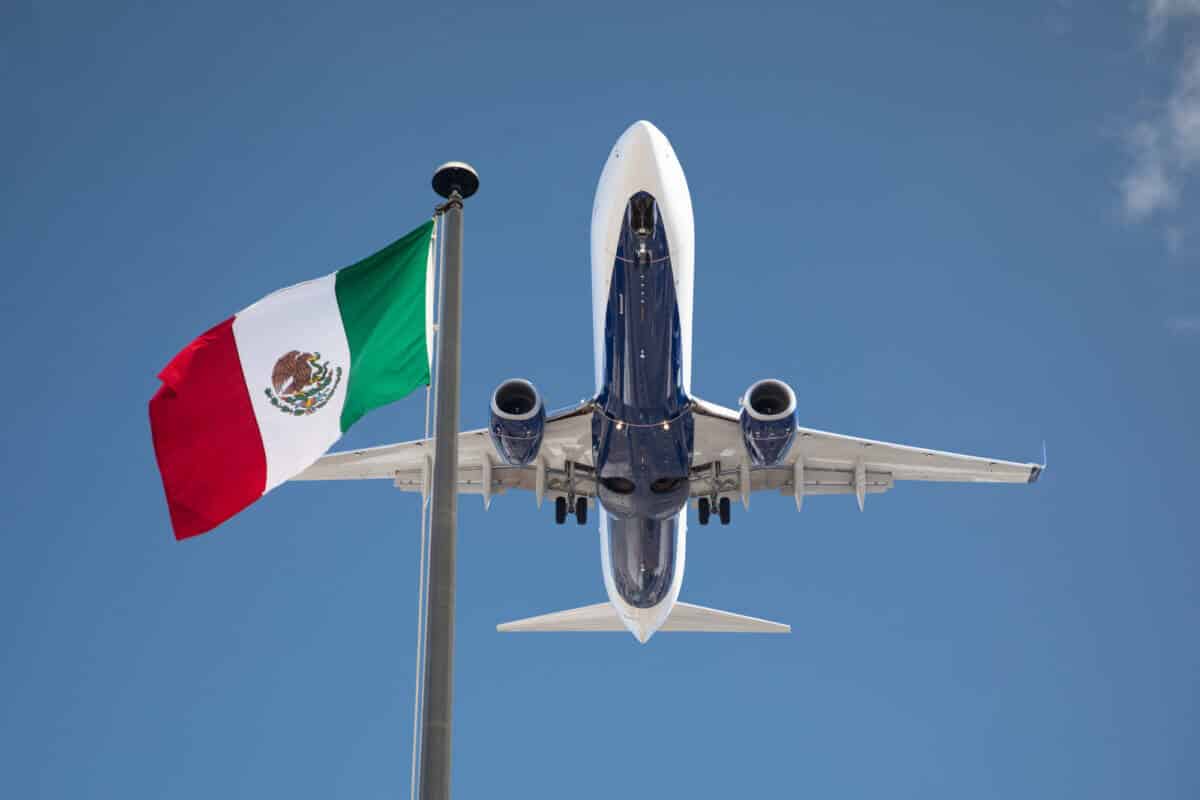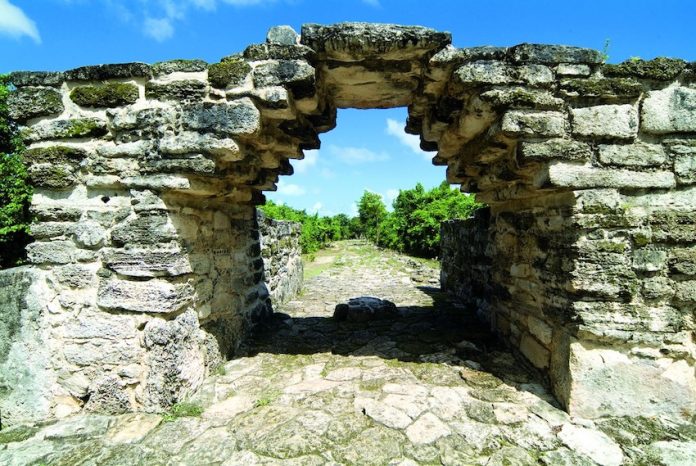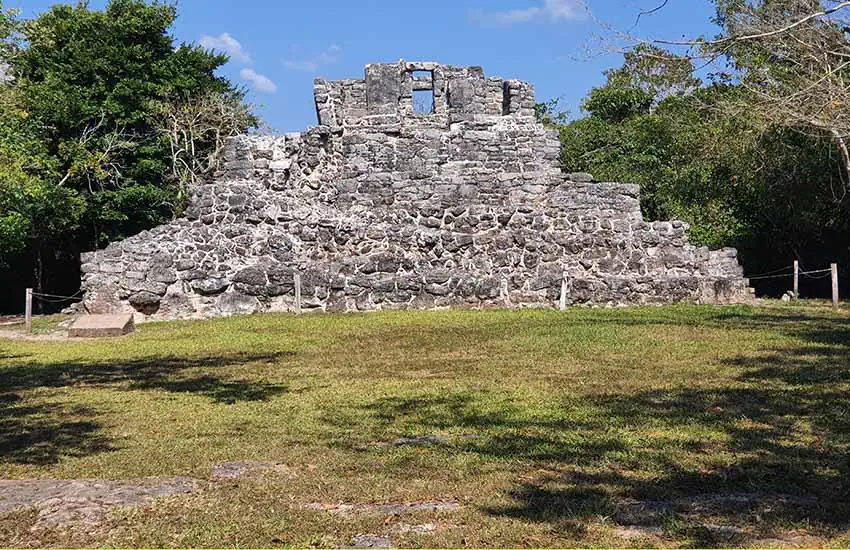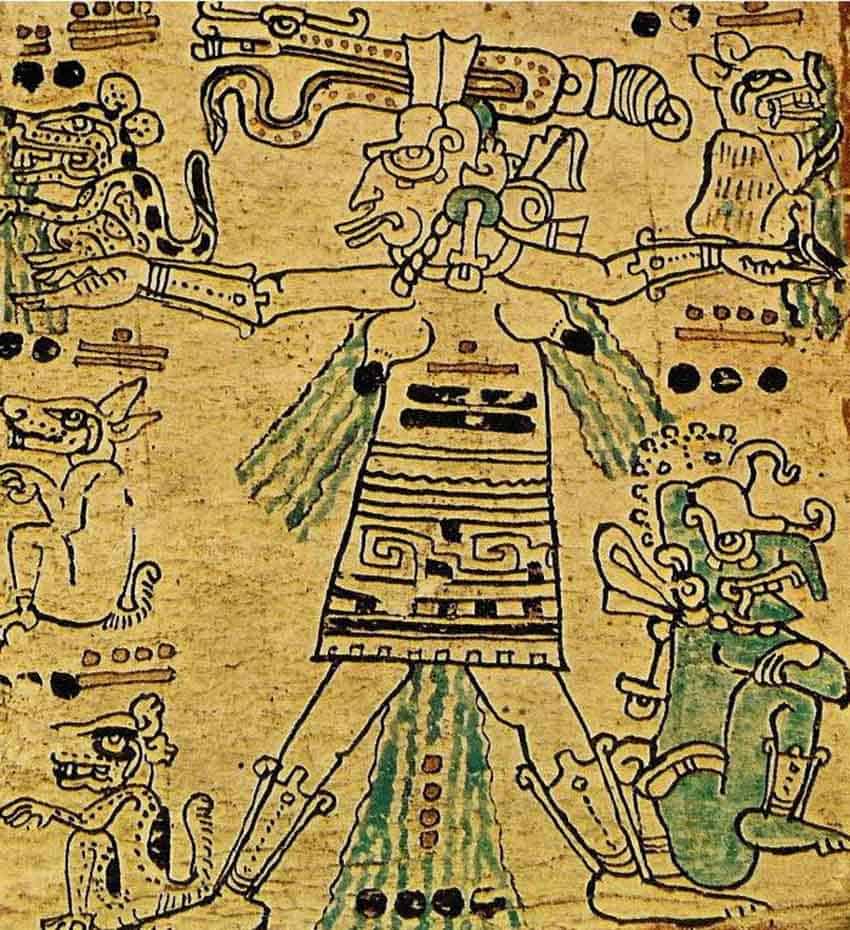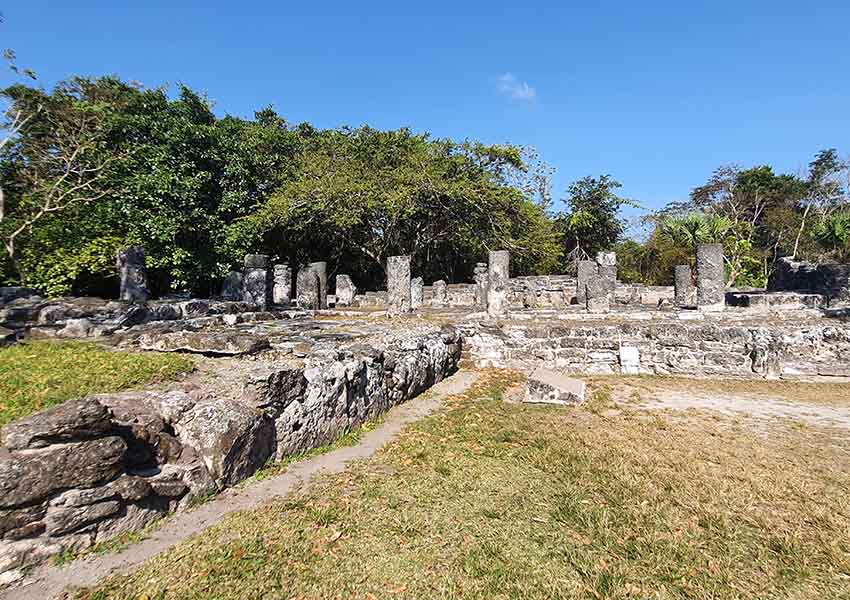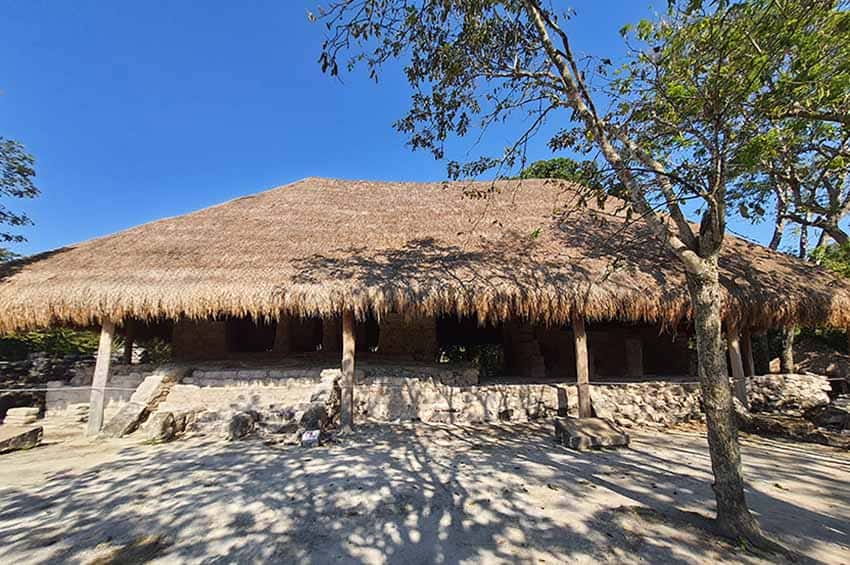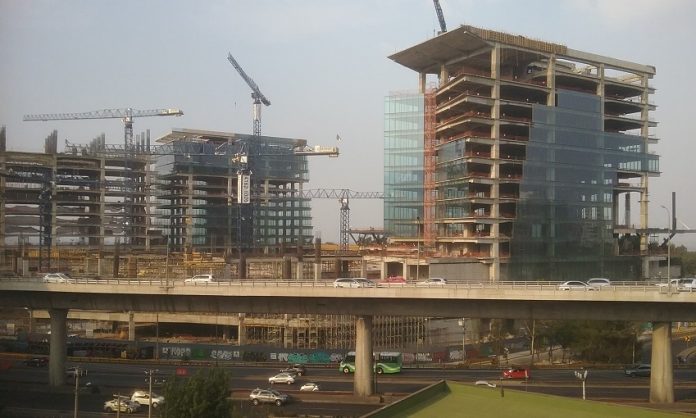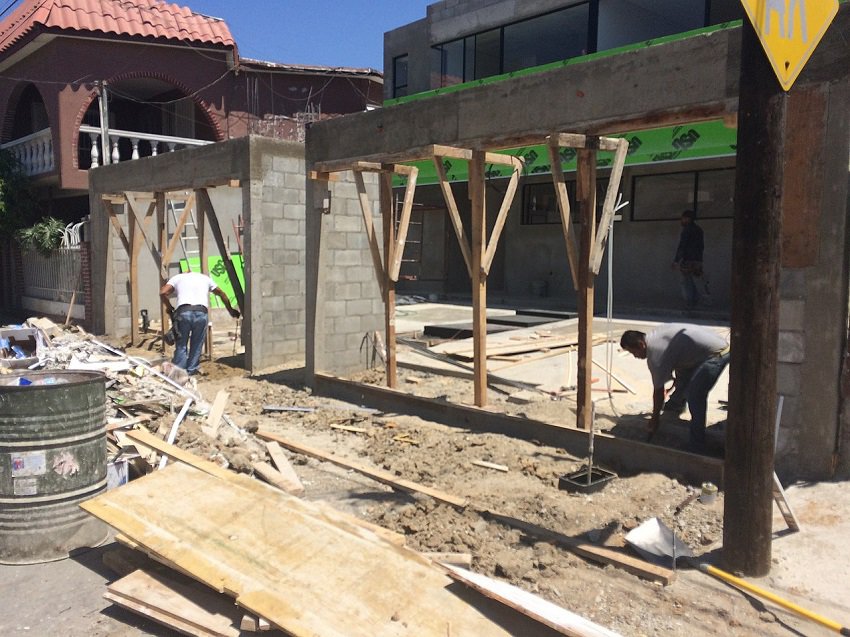It was the late botanist Miguel Cházaro who first introduced me to this magnificent site hidden at the bottom of the 400-meter-deep Tamara Canyon, located 35 kilometers northeast of Guadalajara in Los Altos de Jalisco, the Jalisco Highlands.
As usual, Dr. Cházaro was scouting for rare plants, and, as usual, I expected that the reward for transporting him to the field would be a dip in a delightful swimming hole.

Instead of swimming in a hole, however, I found myself swimming in a paradise, where clean hot water cascaded over a cliffside, falling into a pool located at the very edge of the beautiful, picturesque Río Verde. The whole scene was framed by sheer red rock walls rising on all sides.
It was a natural hot shower located in heaven.
This, I decided, was a place I wanted to get to know better. All I had to do was find a few people interested in sharing one of the two cabins for rent just a short walk up the hill from the hot pool.
Since the place was so picturesque, it took no persuasion at all to convince two of Guadalajara’s most famous artists that they simply had to come paint this little corner of paradise.
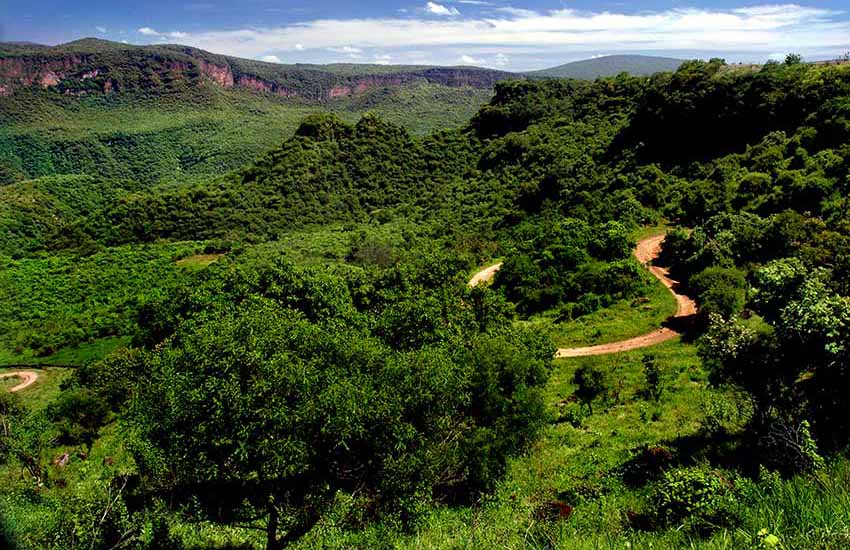
Painters Ilse Hable and Jorge Monroy joined my wife and me without hesitation, and we headed north from Guadalajara toward Tepatitlán, the “capital” of Los Altos (the high ones), which is so called because the elevation is around 2,000 meters above sea level.
Along the way, we passed the historic Puente de Calderón bridge, where Miguel Hidalgo and 100,000 people fought (and lost) a major battle for independence from Spain. This picturesque site is now a popular picnic spot on weekends but practically deserted on weekdays and well worth a visit.
We exited the toll road at the little town of Acatic and drove 11 kilometers northwest along a dirt road signposted Rancho el Venado (Deer Ranch). Here we produced proof that we had deposited 50% of the rental cost of one of the two cabins down at the bottom of Tamara Canyon.
After paying the rest of our deposit in cash, waterproof paper bracelets were placed on our wrists and we continued on our way. If you don’t plan to stay overnight, by the way, you can pay 150 pesos per person and spend all day enjoying the canyon and hot spring.

Just beyond the ranch house, we found an awesome lookout point where we could appreciate the majestic sweep of the barranca’s red walls. From this point on, you need either four-wheel drive or a big tough truck to deal with the steep, 7.6-km-long serpentine road leading to the bottom.
Happily, on that ,day we could see the money we paid at work: two bulldozers were busy maintaining the steep road, but I wouldn’t recommend going anywhere near the place in an ordinary city car.
Two kilometers down this twisting but wonderfully scenic road, you come to a fenced-in deer-feeding station on your left. At certain times of the day, you can see the tiny deer that give the rancho at the top its name.
Soon, you will reach a bridge over a stream that feeds into the Río Verde farther below. In the rainy season, however, this “stream” turns into a wild and frothing torrent so impressive that it is well worth the price of admission just to stand on that bridge and witness the unbridled power and wildness of raw nature… and live to tell the tale. No matter how they try, the folks at Disney will never be able to duplicate this!

We got back in the Jeep and drove across the bridge, now fully awake and thankful to be alive.
That brought us to a great mirador, where you can appreciate the full extent of the river’s further rapids as well as a tall, beautiful waterfall not visible from the bridge.
You now proceed through gently rolling hills and will notice a high metal watchtower at 5.4 kilometers from the Rancho Venado gate. Visitors are allowed to climb to the top, from which you have a dreamy, pastoral view of contented cows that contrasts dramatically with the fierce furor of the river.
That road led to a roomy wooden cabin, with electricity, the basic necessities and even a quite lovable (and speedy) resident mouse, which seemed delighted that visitors had shown up.
A five-minute walk from the cabin took us to the south bank of El Río Verde, i.e. the Green River, where several swimming pools have been built beneath the famous network of small, natural waterfalls. Their temperature, I discovered, is 37 degrees (98.6 F): body temperature.
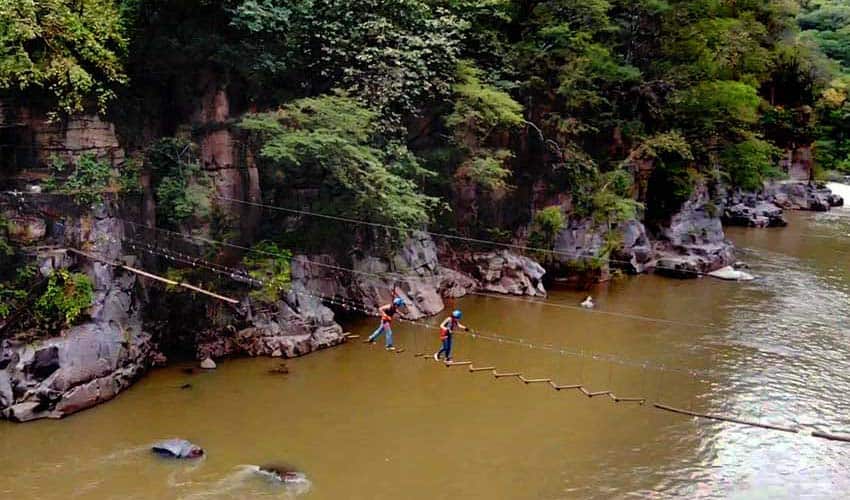
The water in these pools is incredibly clear, and the towering red cliffs above the river and the hot streams trickling down the rocky walls are all so mesmerizing that our friends Ilse and Jorge immediately set up their easels. Only when darkness fell could we lure them back to our rustic cabin.
There was no TV in that cabin, nor would anyone need it. Just sitting outside the door, gazing at the high cliffs and listening to the chorus of crickets was enough to put me to sleep.
Then, in the morning, what a surprise! There was a knock on the door, and outside was caretaker Rosalio offering us a stack of hot, homemade tortillas!
That was our experience, but in just the last two years, there has been much “development” down around the hot springs. Now those rustic cabins have been joined by new condos, villas, suites, bungalows and even a penthouse.
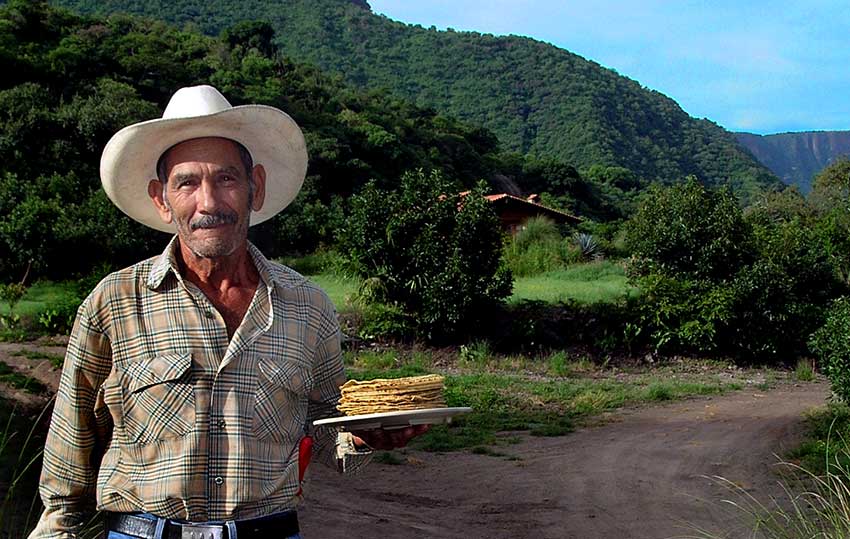
Yes, they’ve been busy building, but, fortunately, there are over 650 hectares of wilderness down there you can still escape to.
The cost for a day visit to Tamara Canyon is 150 pesos per person — or 300 if you want to camp there. As for accommodations, you now have all sorts of choices at various price levels.
Because the place is now well-known, I strongly suggest you go there on a weekday, when you will probably have paradise all to yourself.
To get there, ask Google Maps to take you to Rancho El Venado Termales. Driving time from Guadalajara is 90 minutes.
- Contact Rancho El Venado via their Whatsapp number: 331 614 7591. Don’t believe their claim that “any car can make it.” Go in a 4X4 in perfect condition.
The writer has lived near Guadalajara, Jalisco, since 1985. His most recent book is Outdoors in Western Mexico, Volume Three. More of his writing can be found on his blog.
